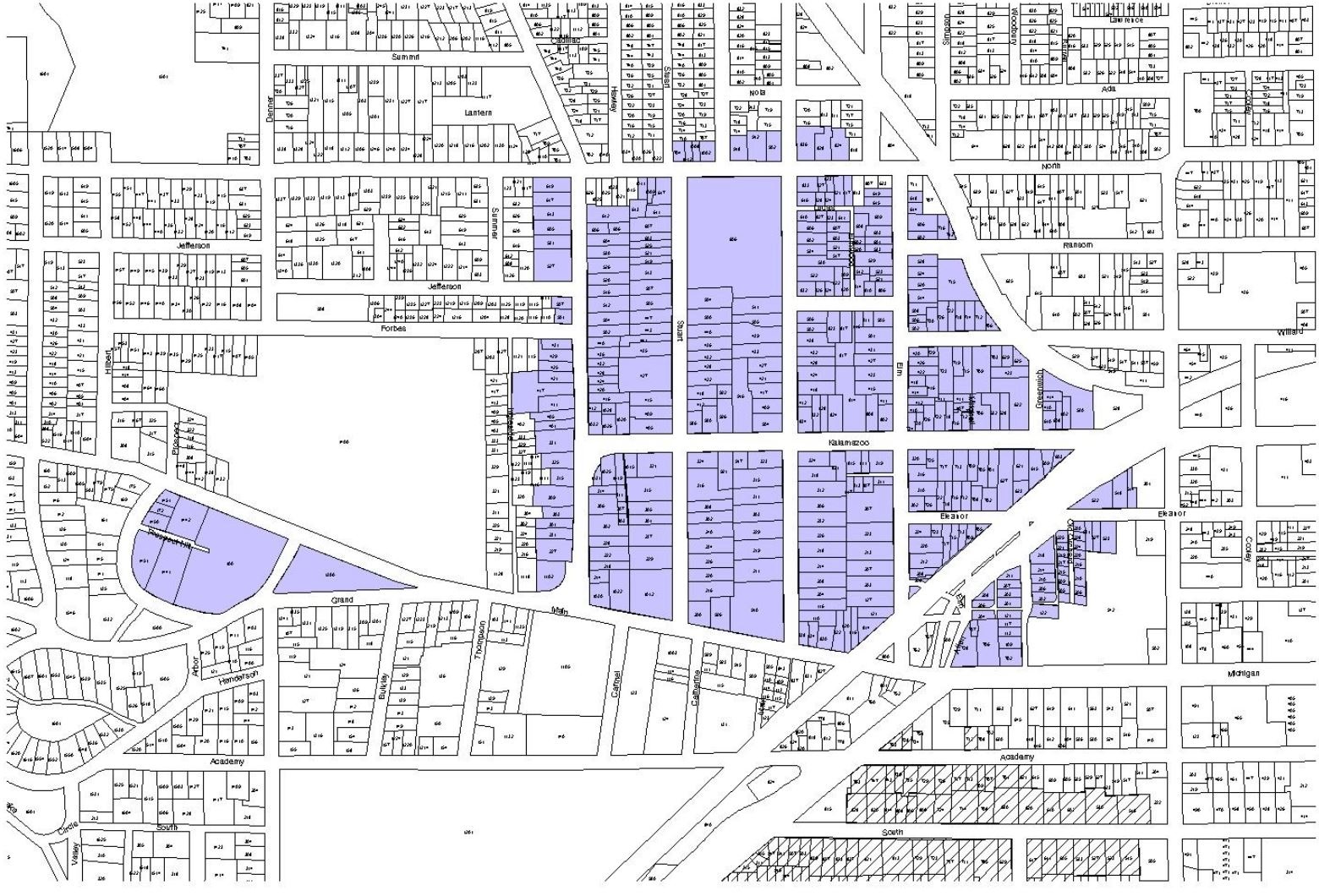Wealthy merchants and businessmen seeking an escape from the hurried life of downtown living built this prosperous neighborhood in the latter half of the nineteenth century. Movement to the suburbs gained in popularity after the 1850s, but lack of transportation hindered rapid development. The early suburbanites were mostly well-to-do and could afford to be a few minutes late to work if their buggies got stuck in the mud or snow. With the installation of horse-drawn trolleys in the 1880s, the middle class began to move here.
Homes of this neighborhood reflect the individuality and at times the economic status of their original owners. These homes were designed in the architectural styles of the mid and late nineteenth century. They range from the fashionable Queen Anne, the most popular during that era, to the Renaissance-style architecture which also flourished at this time. Many of the residences feature Italian, Gothic, and Greek influences. This district is one of the city’s earliest suburbs.
Charles Stuart, a politician and lawyer, started this residential area with the building of his Italianate house in 1858. Illinois Senator Stephen Douglas visited the Stuart home, which was one of the first on the west edge of the village of Kalamazoo. Later, as the neighborhood developed around that site, Stuart opened Douglas Avenue, which he named in honor of his guest. Most of the early residents of this area, then a suburb, were prosperous businessmen and self-employed craftsmen.
